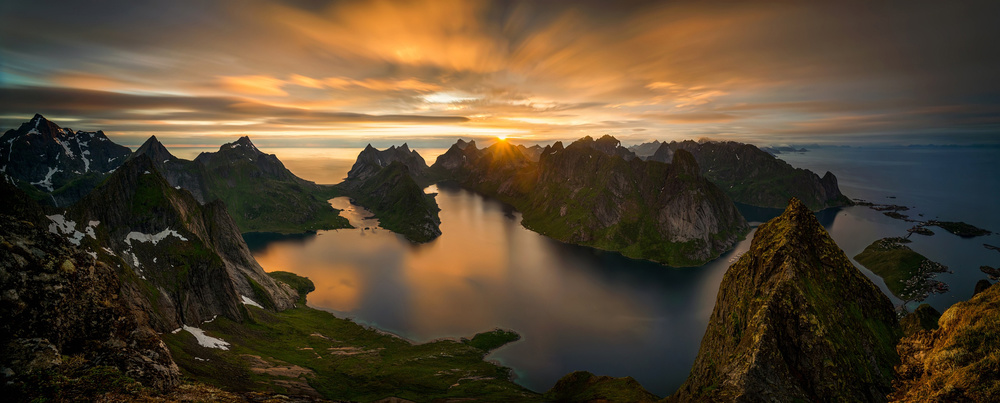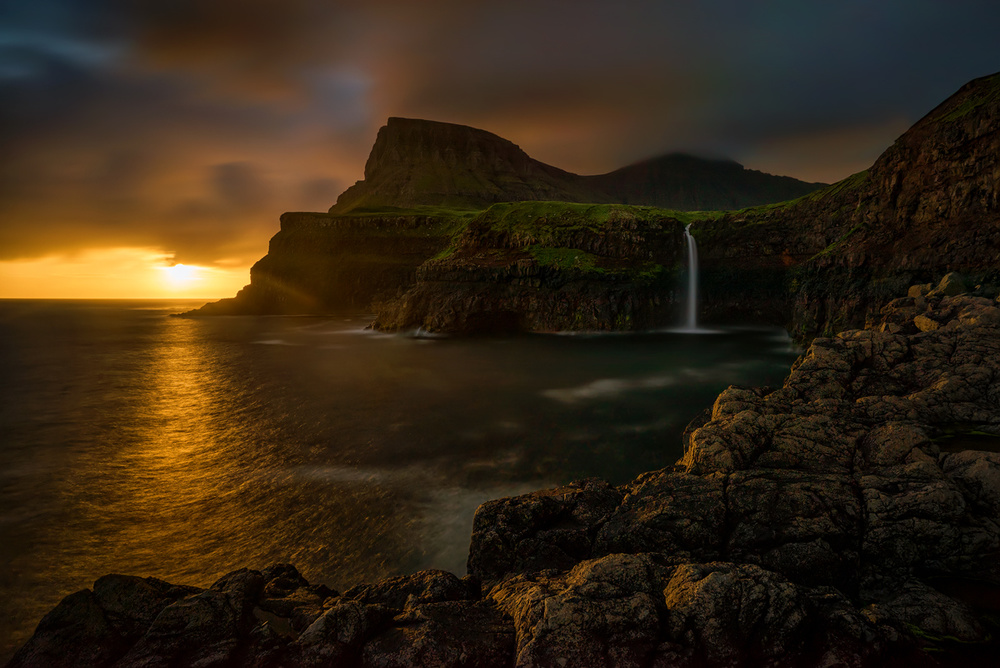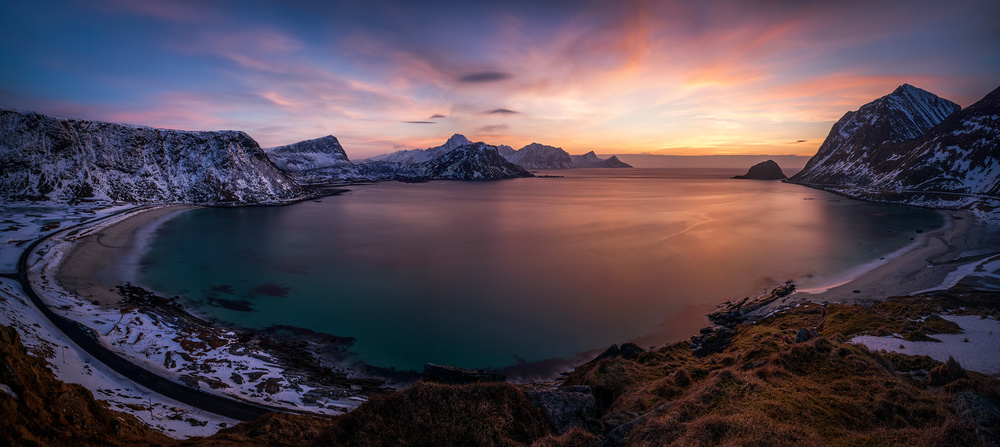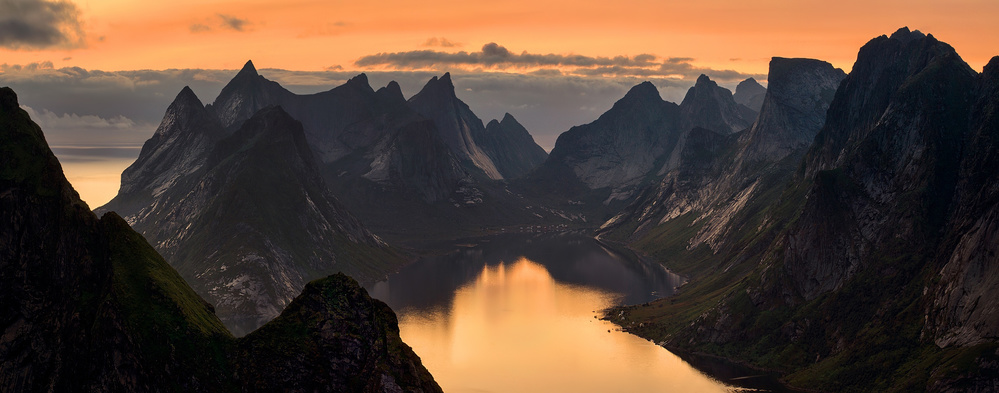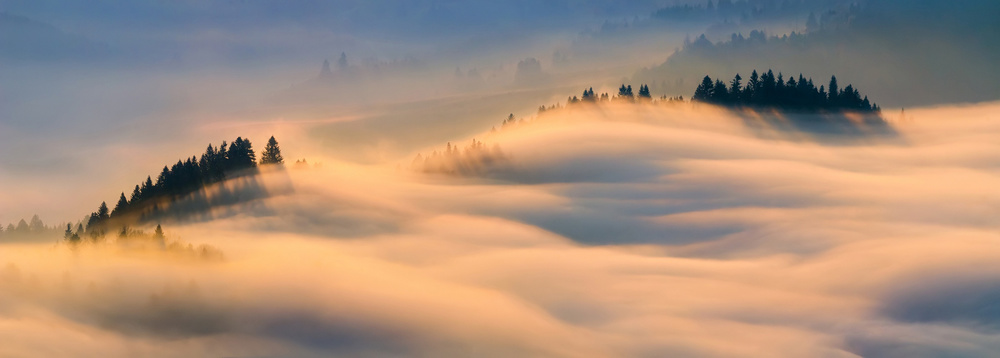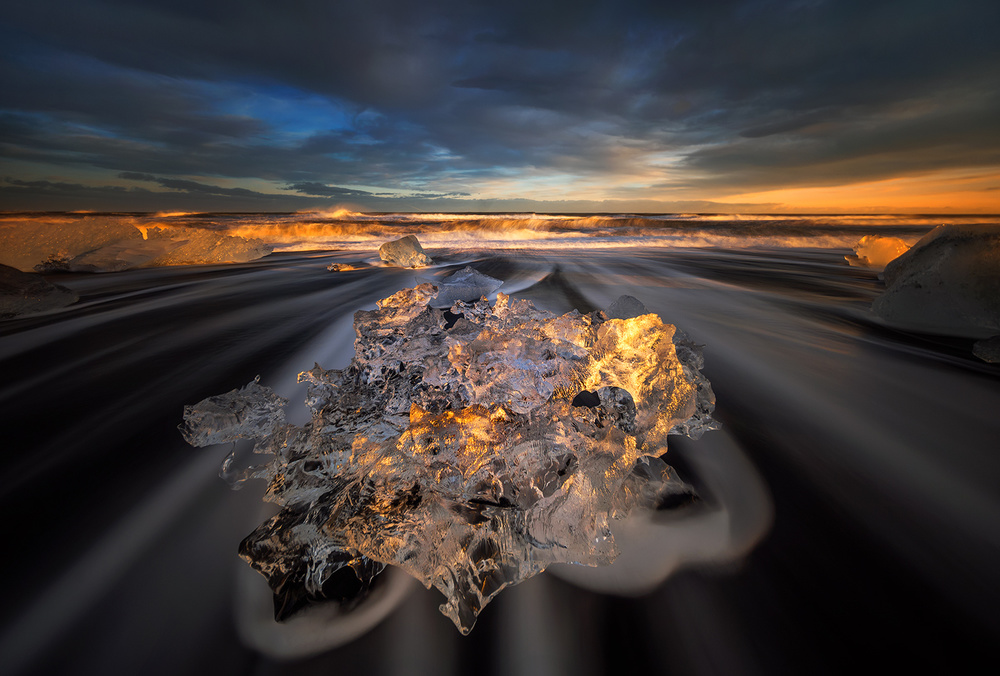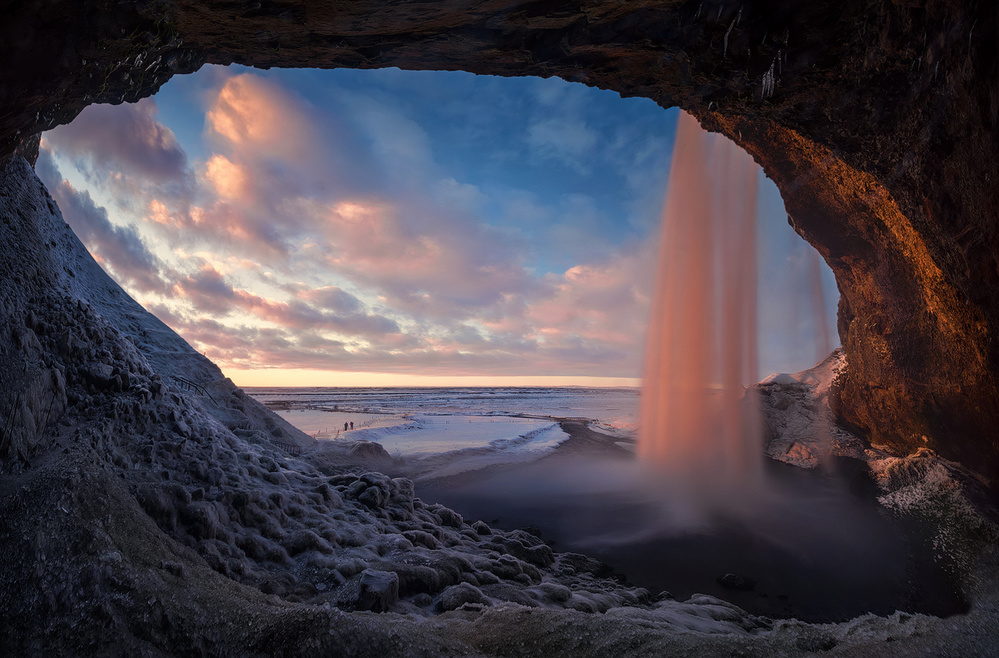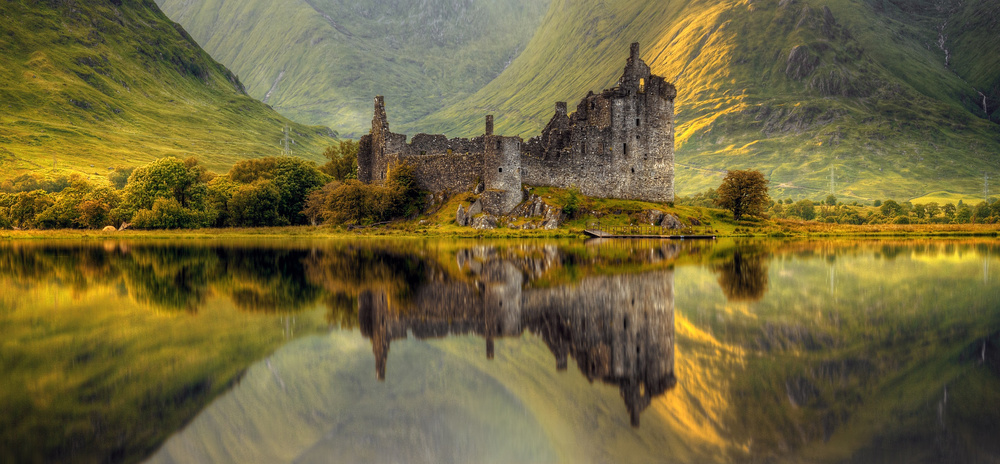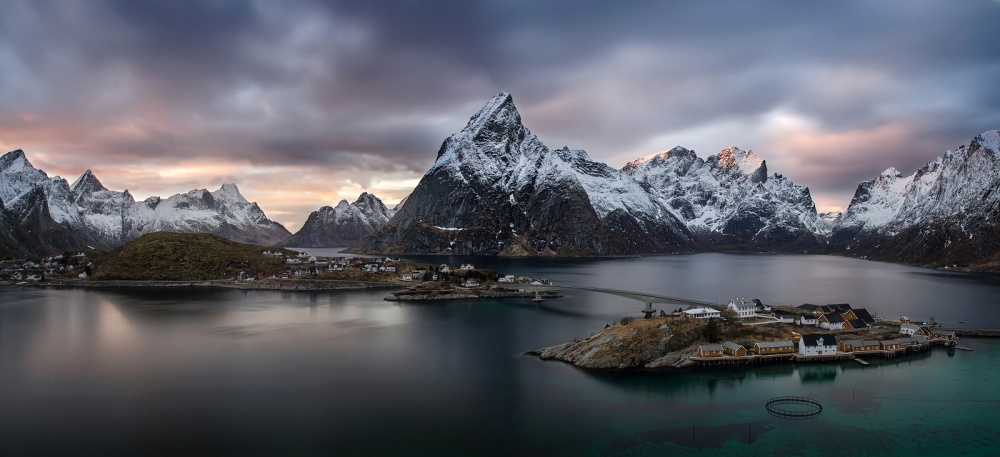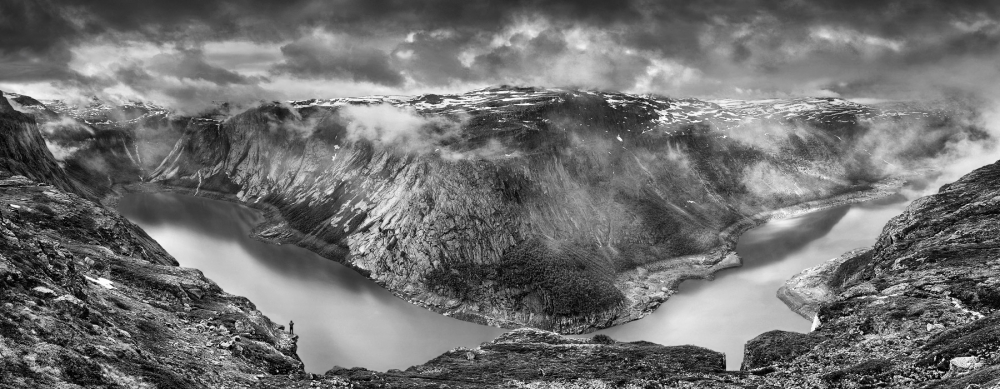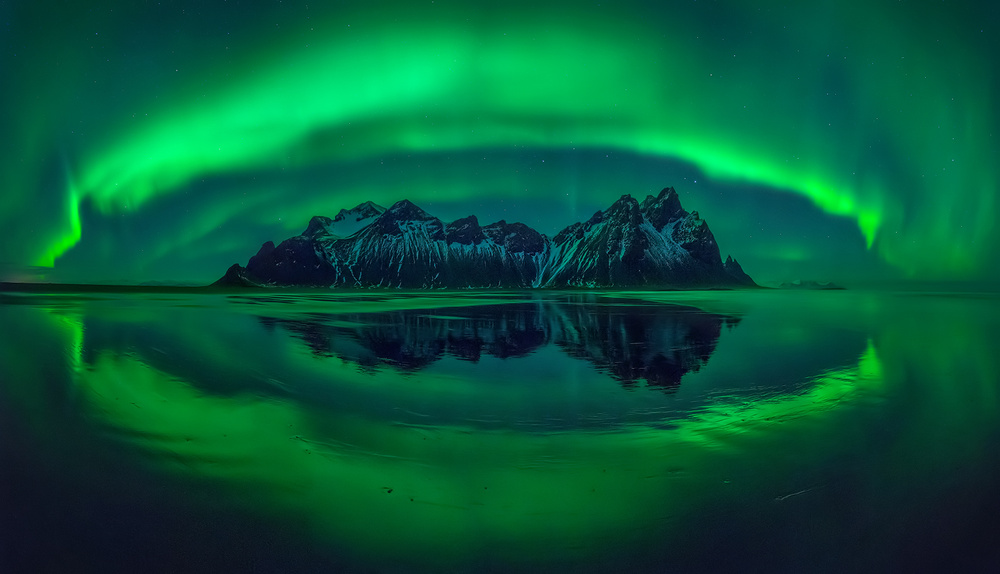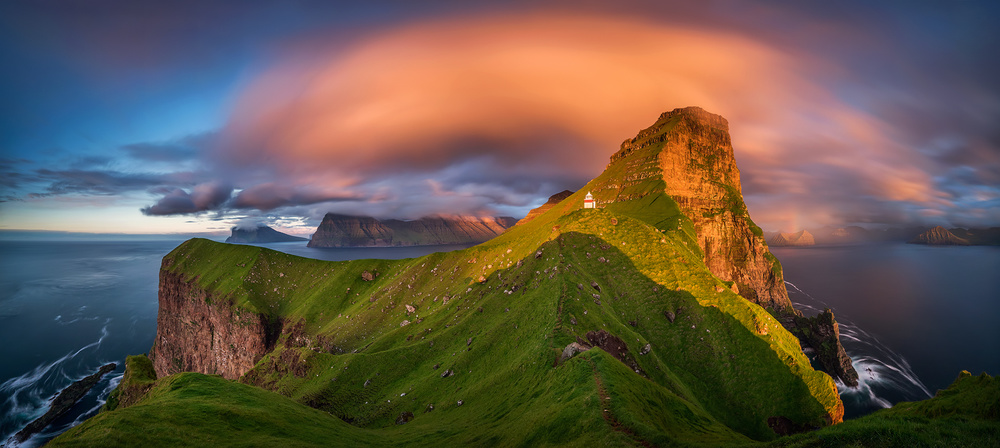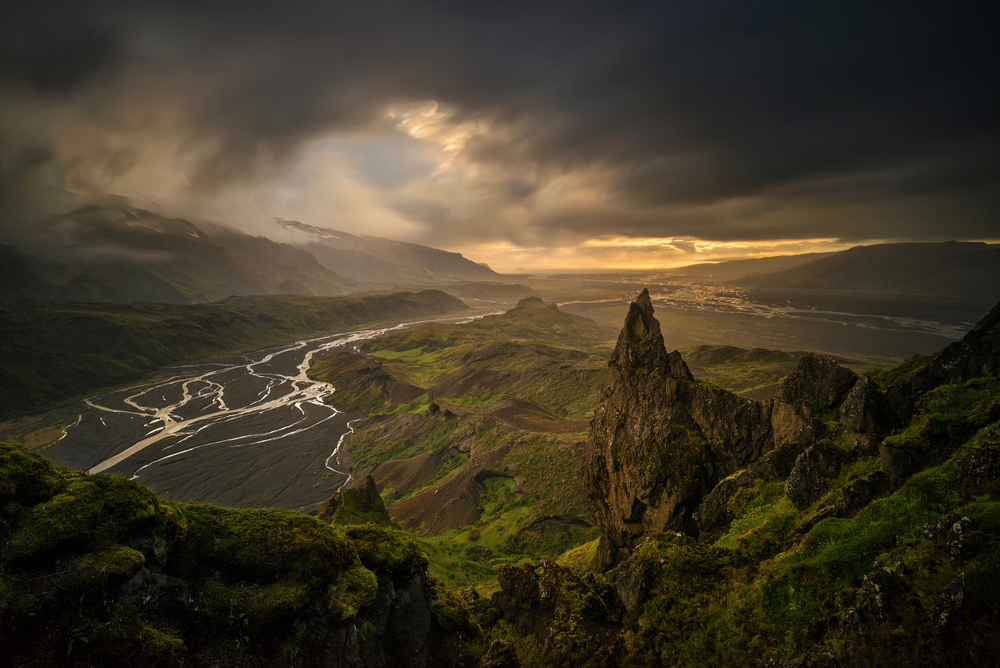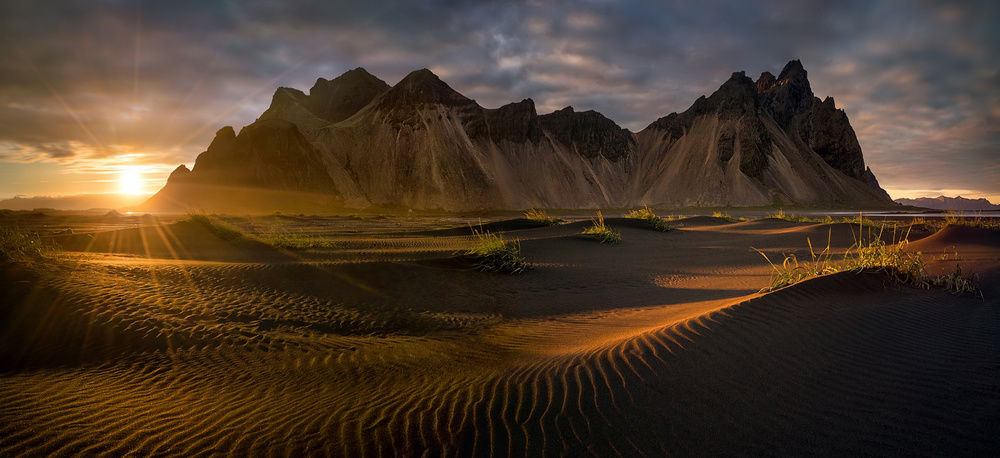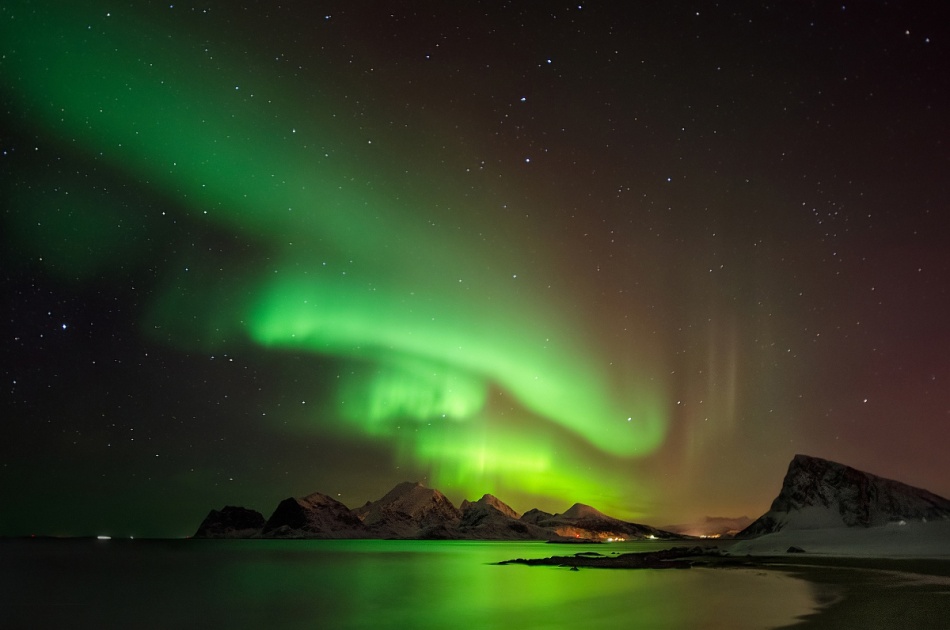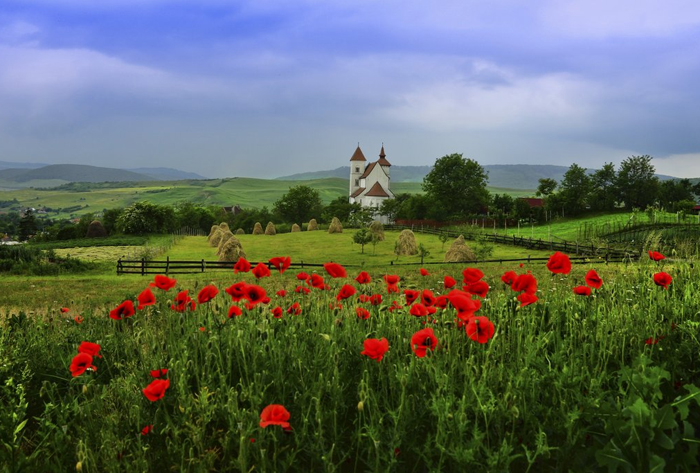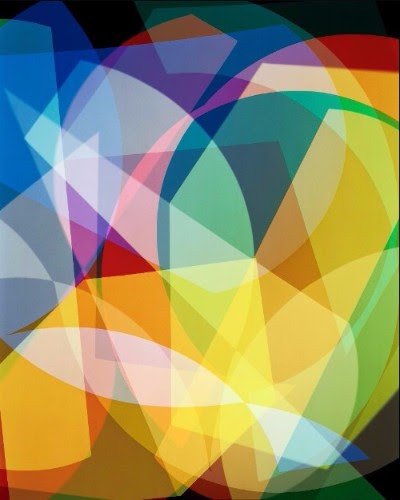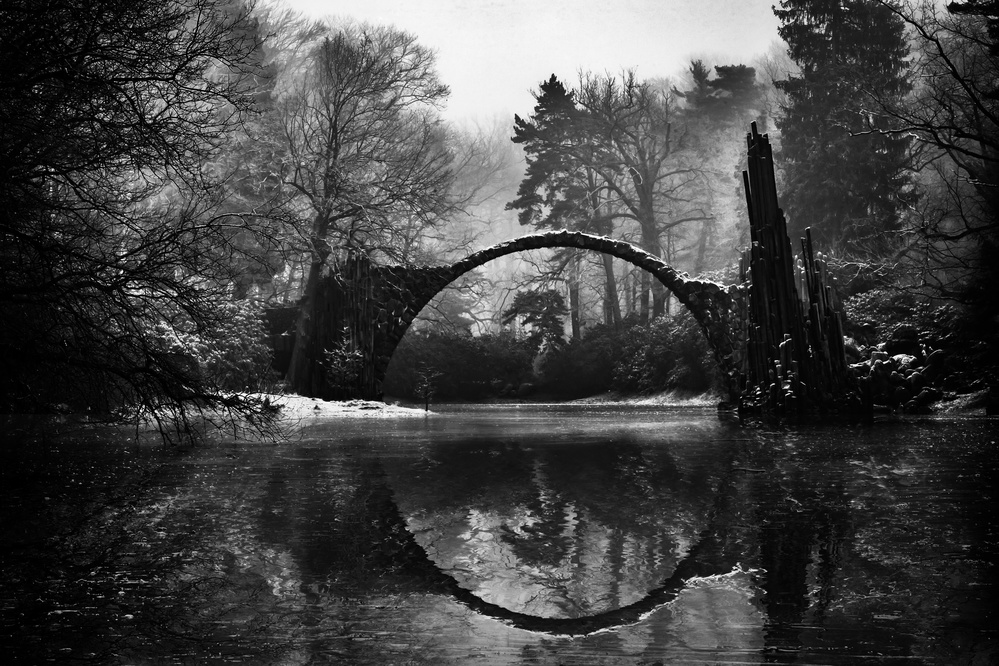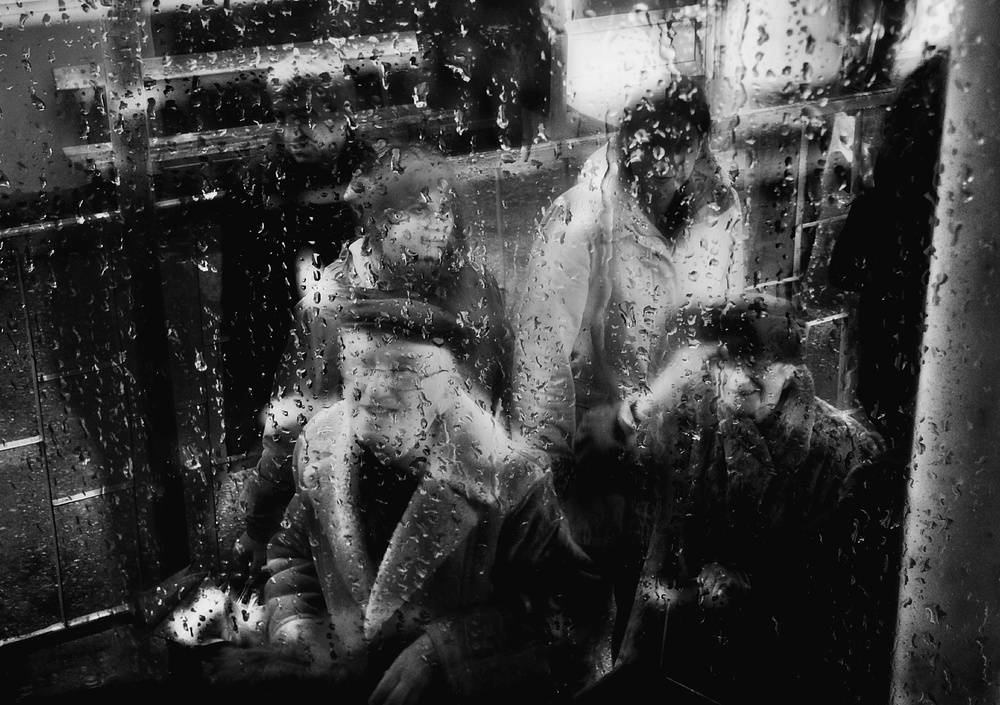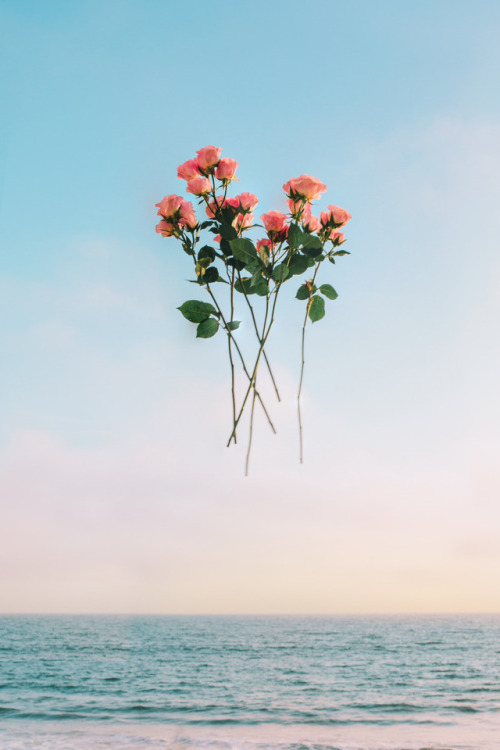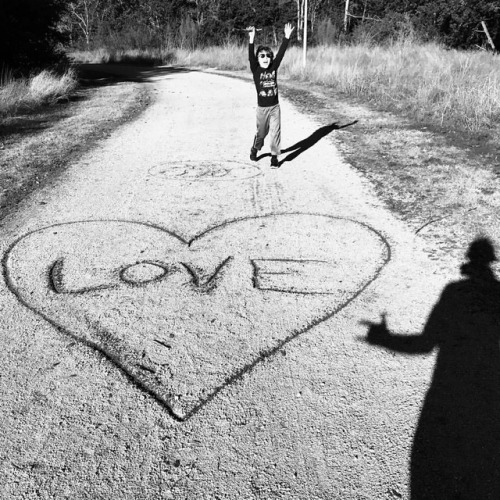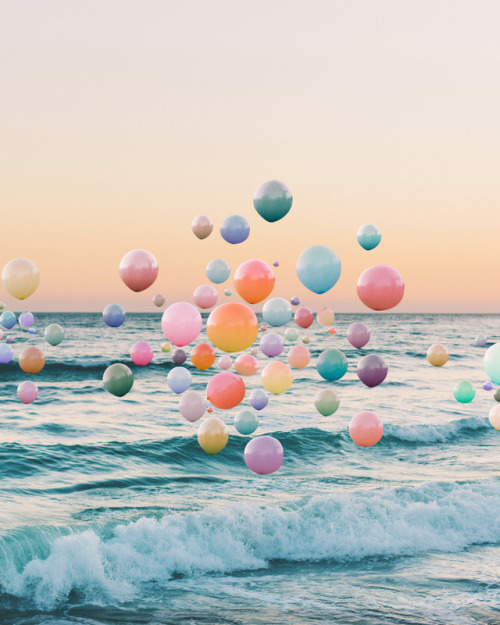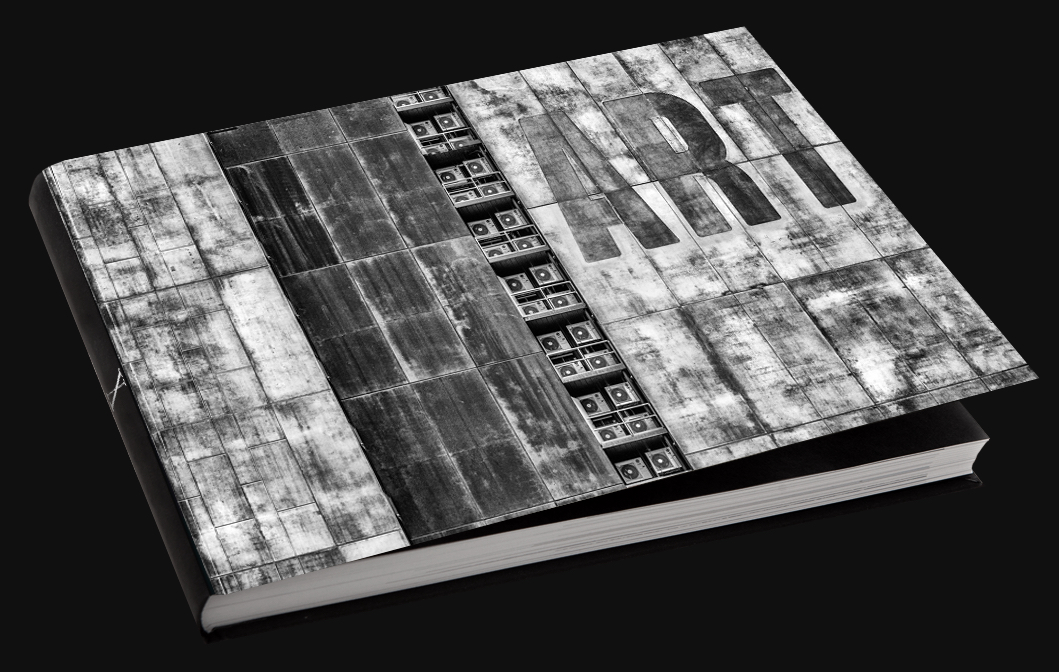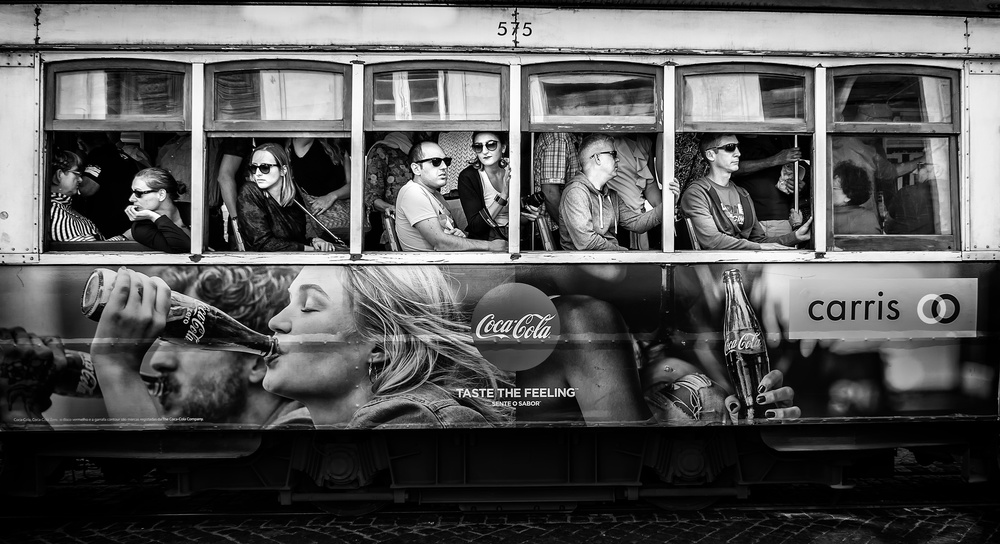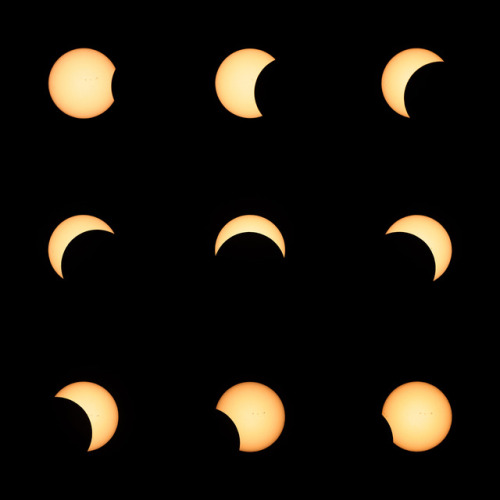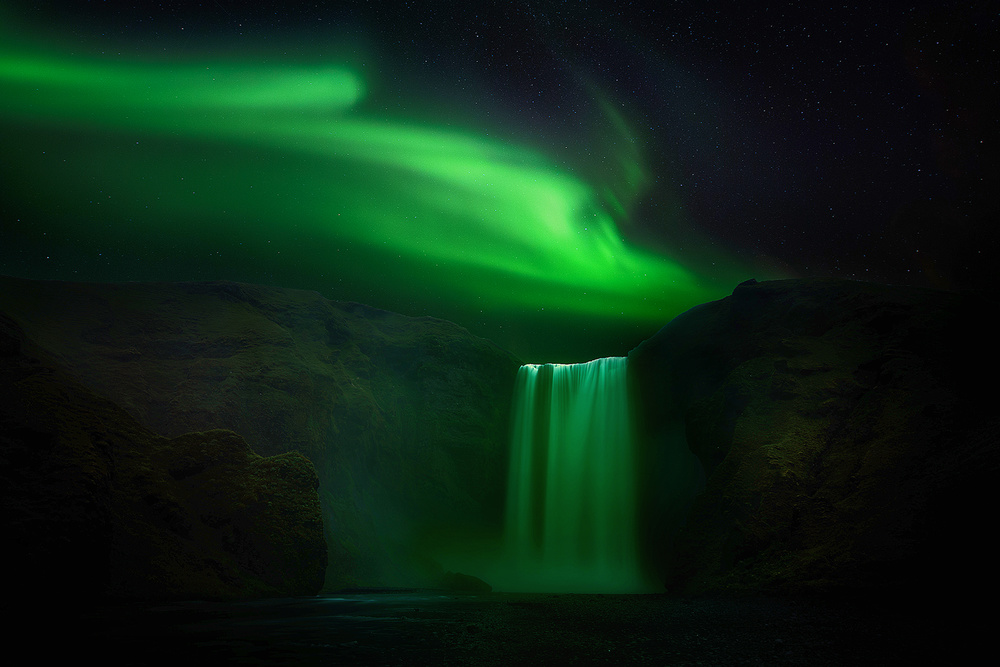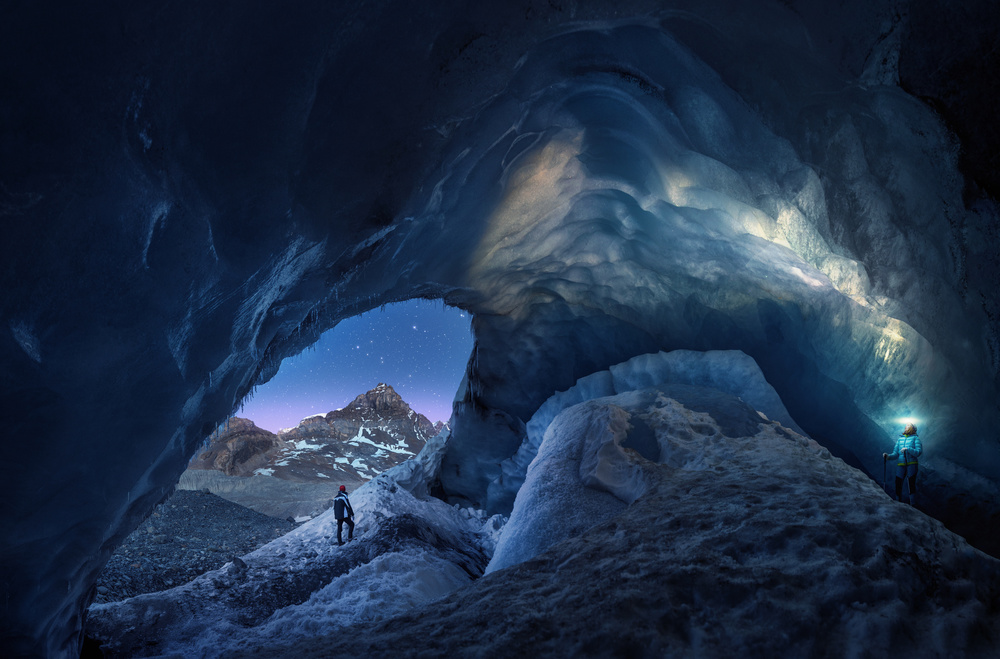Photographers
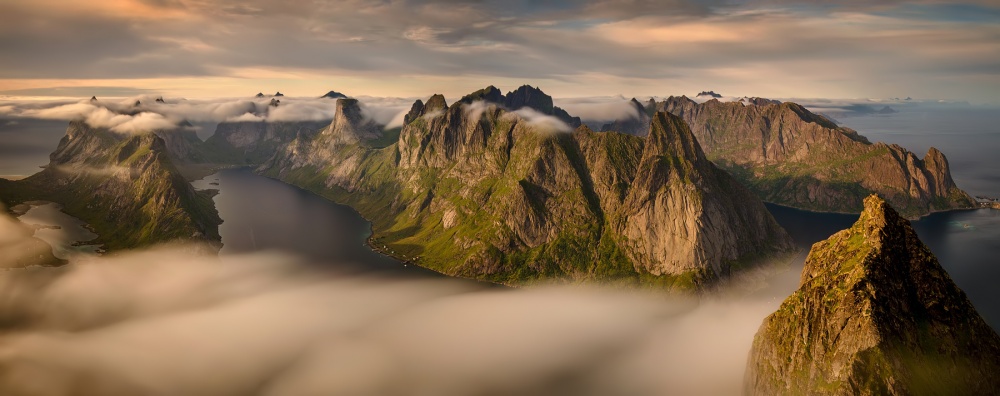
Wojciech Kruczynski: Photographer of the week
1x Blog-PhotographersWojciech Kruczynski, known as Swen Stroop, is a most inspiring landscape photographer. Wojciech quotes: “The feelings that arise in contact with nature are delight, humility, respect, admiration and sometimes ecstasy. A well taken picture should evoke similar feelings. The artist must add something from himself which evokes those feelings.” Look with Wojciech's eyes, feel what he feels while looking to his work and enjoy this interview revealing more about this great artist.
Briefly tell us about yourself, your hobbies and other jobs.
I come from Poland, a country with a very diverse landscape, from the sea to lakes and forests to the beautiful Tatra Mountains. I am a psychotherapist by profession, I help people cope with their emotional problems. I spend my free time hiking in the mountains or cycling expeditions.
What first attracted you to photography?
In my school days I was involved in analogue photography. It was exciting to develop pictures in the darkroom as images emerge, a particular experience. These were the times of the Russian brand Zenit as it was a very good camera. I heard that today it has triumphantly returned? Other possibilities at that time in a socialist country were not there. It was a short adventure, however, I knew that I would come back to photography. Six years ago I thought: if I walk in the mountains and see so many beautiful but also ephemeral views, why not capture all those pictures? Why not keep these moments permanently. That's how I started again.
How has your history and life experiences affected your photography?
Which are your most important experiences that has influenced your art?
In my short adventure with black-and-white analogue photography, I missed colour. At that time it was time consuming and difficult to take colour photos. That's why I tried my hand at painting and drawing. First I learned the principles of perspective, composition and colour manipulation and then I taught this to children at school, as a teacher. My favourite painters are impressionists and post-impressionists, artists who are particularly interested in landscape and colour. Then came colourful digital photography, which I got acquainted with, professionally working at an advertising agency for several years. These were times of political transformation in Poland. Digital technology had become available. Then I learned how to handle the first versions of Photoshop, with retouching photos and photo montage for advertising. However, I had always been interested in psychology, so the adventure with visual advertising was over. The training of the psychotherapist lasted 10 years and there was no time for hobbies. It was only when my professional position was established that I gained time to return to photography. I had found my experience from an advertising agency, my knowledge of art theory and history, very useful. They formed one logical whole.
Why are you so drawn by Landscape Photography?
For 40 years I have been walking in the Polish and Slovak Tatras. I have always been drawn to these monumental views and the atmosphere that accompanies me. Sooner or later the idea of making these experiences more permanent in the frame had to appear. I had the necessary knowledge and skills. On the other hand, it is the fact that my work with human problems can be tiresome. Once in a while, you have to empty your head of human problems so getting out into the mountains and focusing on photography helps a lot. It probably also helps that I am shooting mainly in Scandinavia. The wind there can blow away everything out of your head.
That's the reason why one rarely sees people in my photographs. On the other hand, when you understand and respect nature, it gives you so much in return.
Describe your overall photographic vision.
The feelings that arise in contact with nature are delight, humility, respect, admiration and sometimes ecstasy. A well taken picture should evoke similar feelings. It cannot be simply a recreation of nature, because this cannot be done. The artist must add something from himself, which will cause the feelings experienced during contact with nature to return. Look with my eyes and feel what I feel.
What is more important to you, the mood,/story behind your images or the technical perfection?
Technical proficiency is essential in order not to hinder the viewer's reception. I believe that the photograph should defend itself without being supported by history. Ideally, the viewer will write his own story when immerses himself in the photograph. The most important are the feelings experienced.
What generally is your relationship to your subject matter beyond being an observer?Do you prepare carefully the locations where you are intending to photograph?
A landscape photographer must be an expert in nature. He must be able to predict the weather. He must be physically fit to meet the mountain demands. He must sometimes bring a considerable amount of equipment. He must be able to survive in difficult weather and field conditions. Sometimes you have to wait for the right conditions a few days, like a sniper for your goal. The mountains pose photographic as well as physical and mental challenges. If you meet them, then nature will be thankful. It is a very close, intimate relationship.
What gear do you use (camera, lenses, bag)?
Now I am using Sony A7r and most often Sony FE 16-35 mm f/4 Zeiss. It is an ideal equipment for a landscape photographer. Recently I bought the Voigtländer 10mm f/5.6 Hyper-Wide lens, also very good. I don't use a separate bag for my equipment, because I carry everything in a tourist backpack. Sometimes more than 30 kilos.
What software do you use to process your images?
Photoshop CS6 + Camera Raw.
Can you tell us something more about your work flow?
I usually use two-three layers, just like the painter is putting on glazes. Sometimes I use Nik Collection, it's a pity that it doesn't develop. I use Neat Image, a very good program for noise reduction. I try to get as much effect as possible in Camera Raw, in Photoshop rather minor corrections.
What is your most important advice to a beginner in Landscape Photography and how do you get started?You have to learn how to look as the camera sees the reality through the lens. The fact that something is beautiful in nature does not mean that it will look nice on the photo. You have to look for the best light, experiment, show your works and listen carefully to the comments, especially those of unpleasant ones.
Who are your favourite photographers and more importantly, how has your appreciation of their work affected how you approach your own photography?
I have two favourite Polish photographers: Pawel Kucharski and Michal Ostrowski. Both have a portfolio on 1x. Both of them have this most important feature for a landscape photographer: they can see beauty where others pass indifferently. This can be called a creative look. If you see this attribute in others, you can start to look for it yourself. This way you can find your own path.
Is there any specific photo taken by another photographer that has inspired you a lot and why?
Michal Ostrowski:
This photograph showed me what landscape photography can be like. It opened my eyes. Trees, fog and beautiful light that enlivens everything. Simple and beautiful. Thanks Michal.
Pawel Kucharski:
The mountains on this photograph look like made of metal. When I saw it for the first time, I decided that it was a manipulation in Photoshop. Paul said: go and see yourself. So I went to Norway and then went to other places such as Lofoten or Iceland and found out how different nature might look like depending on geology and light, latitude, season of the year, distance from the sea and many other things I had no idea about. Thanks Pawel!
Are there any specific directions that you would like to take your photography in the future or any specific goals that you wish to achieve?
I am constantly learning. I noticed that today I take fewer pictures than before, but I focus more on planning how to take the best shot in a specific place. What's the time of the year, the day, what angle of view of the lens. I think that this is a good way forward for the coming years.
Describe your favourite photograph taken by you and why it is special to you?
It was probably the most beautiful night in my life. I was circulating around this place a few days, waiting for the ideal weather conditions. It was necessary to synchronize several things at the same time, including appropriate tides. I knew exactly what effect I wanted to achieve, but the reality exceeded my expectations. It is as if nature began to speak to you by name.
What do you think about 1X as a home base for your work?
I like 1x first of all because the publication depends mainly on good curators. Portals, on which the publication is decided by users after some time fall down, because people connect in groups of influences and stop judging photos reliably so as not to offend someone's acquaintance. Or the other way round, to torment someone disliked. The quality of 1x is very stable in comparison to them.
Is there anything else you wish to add
Last but not least: it turned out unexpectedly that landscape photography is an ideal way to maintain a perfect physical and mental condition. I am sure that thanks to it I can live longer and healthier than I ever expected. I wish this to everyone.
. '


